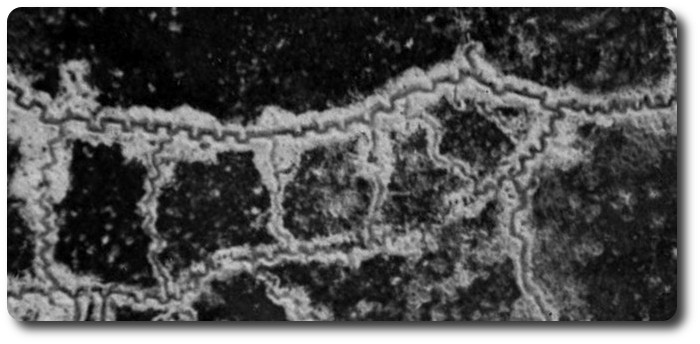Topic: CEF

Birds Sing Gaily Over the Trenches, Despite Gunfire
Soldiers Feed Plucky Songsters as Well as Great Variety of Pets Kept in Dugouts
The Windsor Evening Record, Windsor, Ontario, 3 March 1917
Although this article isn't specifically about the CEF, it has been tagged as such to keep it with other First World War material.
With the British Armies in France, March 1.—One of the distinct surprises to the newcomer at the war is to find larks singing over the front line trenches. One would think that birds of every sort had long since been driven far from the war zones, but, instead, they lurk in and about in great numbers. Very often the sudden flight of a covey from as secluded thicket or remnant of wood has given the first signal of a shrapnel attack.
The drumming of big guns, the "pat-pat-patter-patter-patter" of machine guns, the whirr and "bang" of "plum puddings" and "run jars" sent over by the enemy trench mortars, seen to have lost all terror to the feathered songsters. The chirp as gaily and loudly over the muddy "line" as if there was no such thing in all the world as war.
The British Tommy is very fond of pets. When he can safely do so he throws crumbs over the parapet for the larks, and if he had his way he would fill up every nook and corner of the trench with some sort of animal mascot. As it is, there is a strange mixture of pets and pests in these deep cuttings in the earth—the outposts of battle—where the men themselves live a sort of animal life. It is a life no human being was ever intended to live, and yet the health of the troops is positively amazing.
Rat Is Premier Pest
Of all the trench pests the rat, of course, by reason of his size, takes precedence. He is everywhere. No amount of cleaning up has tended to wipe him out. In fact he waxes fatter and fatter as the war goes on.
Of the pets the dog is by far the most numerous and popular. There are goats and cats and canaries and various species of mascot, but the dog becomes more a part of the life than any of the others.
Many a subaltern of company commander has gone "over the top" into battle with his dog leaping and barking happily beside him. Scores of dogs have been killed beside their masters and hundreds wounded. In the fighting about mametz, during the great "push" on the Somme, a Red Cross searching party came upon a pathetic little group composed of a subaltern his dog and four private soldiers, just as they had sprawled to their death in a burst of machine gun fire.
The dogs in the trenches have great fun chasing rats. They will even leap over the parapet after them into "No Man's Land." And sometimes old "Fritz" from the enemy trenches will snipe them. There is one old terrier now in the front line who has been wounded four times. If he survives this war, this old veteran is going to have a collar with four gold stripes on it.
Work of Red Cross Dogs
The Red Cross Dogs of the French hardly come under the head of pets. They are a lasting tribute to the part dumb animals have played, and are playing in the great world conflict. The dogs, however, render a service scarcely more notable than the little French donkeys that carry ammunition to the front line trenches. These little burros are as wise as they are grey. Their long straight ears, always poking forward, are attuned to the sounds of battle, and when the firing gets too heavy they dart for the shelter of shell holes and lie there with the drivers until danger temporarily is past.
Some of the strangest animals of the war are the wild cats of Ypres. The old mother and father cats of Ypres were once domesticated. But when the frightened population fled at the first bombardment, the cats, true to all cat traditions, remained behind. Now Ypres is a wilderness of ruins, and all cats born and living there have become like wild animals.
Lion Cub Is Pet
A Canadian sergeant-major came marching out of the "line" a few days ago with a magpie sitting on his shoulder. A private in the same company had a kitten curled up on the top of his knapsack. All the overseas troops bring mascots with them. The South Africans started out with as great collection of springboks, baboons, duikers, but the climate of northern France in winter mood is far from friendly, and the warm weather pets have mostly been "done in."
Probably the most amazing of all war pets, however, was the lion cub adopted by the American in the French aviation service. They read in a Paris paper that a "perfect dear of a cub" was for sale and promptly sent emissaries in to buy it. They said when it grew up they were going to drop it in the German lines, but it was spoiled by being pampered.

